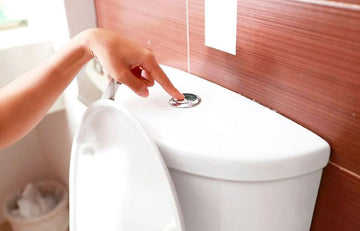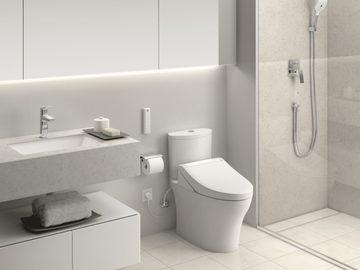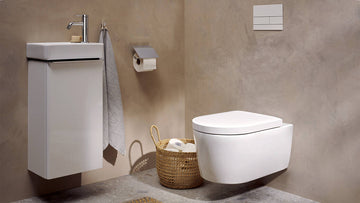Water conservation is no longer just a trend but a crucial necessity in our daily lives. Industries, especially those focused on quality assurance, need to be part of this change to foster sustainable practices. In this article, we dive into the world of water-saving toilet reviews to uncover the technologies and solutions driving significant water savings in households and commercial spaces.
One of the most notable advancements in bathroom fixtures is the dual-flush toilet, which gives users the option of a low or high flush, depending on the need. This seemingly simple technology allows homeowners and businesses to drastically reduce their water usage. To find an in-depth guide on how to set up a dual-flush system, visit this resource.

Benefits of Water-efficient Toilets
Water-efficient toilets are engineered to work just as well, if not better, than traditional toilets, while using substantially less water. They prove efficient in water-saving toilet reviews, often exhibiting reduced utility bills and an eco-friendly approach to water consumption.
Research shows that old toilets can use up to 7 gallons per flush, whereas modern low-flow toilets use just 1.6 gallons or even less. This shift not only saves water but also translates to significant savings on water bills, making it an economically wise choice for industries adhering to QA standards. For more insights into the benefits of these toilets, consider exploring this article.
Popular Water-Saving Toilet Models
Several models stand out in the market due to their design and functionality. Brands like Toto, Kohler, and American Standard have developed toilets that balance water conservation with performance. These models often receive positive water-saving toilet reviews due to their innovative flushing systems and durability.
Moreover, dual-flush and pressure-assisted models operate with lower water use per flush but maintain a powerful flush. This ensures waste is efficiently managed without excess water usevital for QA teams focusing on efficiency and waste reduction.
Installation and Maintenance Considerations
While choosing a water-saving toilet is crucial, proper installation and maintenance are equally important to maximize the benefits. Systems like pressure-assisted models may require professional installation to ensure optimal performance and prevent leaks.
For a comprehensive guide on installation, refer to this detailed installation blog. Regular maintenance can significantly extend your toilet's lifespan and efficiency, proving essential for industry QA standards.
Incentives and Rebates
Various regions offer incentives and rebates to encourage the transition to water-saving technologies. These programs can help offset initial costs, making switching to eco-friendlier systems more accessible. To explore some of the available programs, check available rebate options.
Industries that engage in quality assurance can leverage these incentives to not only meet environmental standards but also set examples in corporate responsibility. The long-term savings coupled with environmental benefits make a compelling case for water-saving toilets.

FAQ
Do water-saving toilets really help in conserving water?
Absolutely, water-saving toilets are designed to use a fraction of the water used by traditional toilets, significantly reducing water consumption and bills.
How do dual-flush toilets function?
Dual-flush toilets provide users the choice between a low-volume (half-flush) and full-volume flush, which helps in managing water usage efficiently.
Are there any installation challenges with water-saving toilets?
Most models are user-friendly, though professional installation is recommended for pressure-assisted systems to ensure optimal performance and to avoid leaks. More detailed instructions can be found here.






